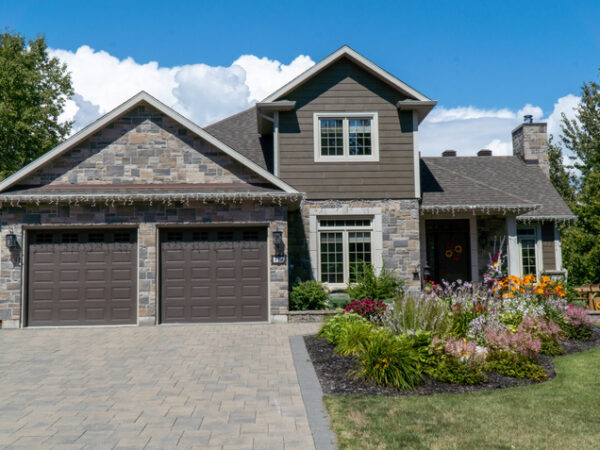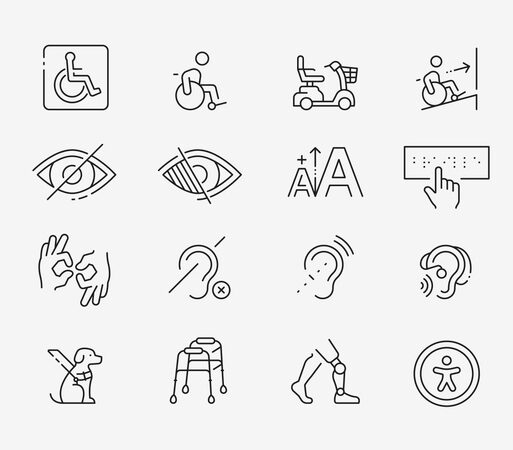As the fastest growing segment of the population, senior citizens in the United States are anticipated to nearly double in numbers by the year 2050. And many of these older adults are eager to age in place for as long as possible, fueling a growing interest in designing homes or renovations that plan for the needs of elderly residents.
According to a recent piece in Architectural Digest, simple design changes can make homes safer for aging homeowners. Making good choices in flooring material and lighting can help reduce the risk for falls, widened doorways can accommodate wheelchairs and walkers and built-in shower seats can help make bathing safer.
Even small details like the type of door handles or cabinet pulls used can make a big difference in helping older adults maintain their independence longer. Door levers are easier to use for seniors who may have arthritis and find doorknobs difficult to open; D-shaped pulls are also easier to grasp on cabinet doors or drawers.
If floor levels are smooth and even, and free of tripping hazards such as throw rugs, there is less chance of trip and fall accidents that can cause injury leading to a loss of independence. Shiny or heavily patterned floors should also be avoided and any step up or down that cannot be helped should be indicated by a change in color or texture. Secure grab holds in hallways and bathrooms can also help seniors walk more safely around the home.
When designing a kitchen for seniors, frequently used items should be within close reach, without having to climb on stools or reach overhead. Ovens and microwaves installed at countertop level can also help seniors remain safer and pull out countertops, stools and moveable islands can make cooking less challenging and more enjoyable for older adults who may not be able to stand for long periods of time.
The City of New York, with its rapidly aging population, published an Aging in Place Guide for Building Owners in 2016. It is full of useful tips for renovations that can help aging residents remain at home longer and with a better quality of life. Many of these same ideas can be used in private homes and for new home builds or remodels. To read or download the guide follow this link to the NYC Department for the Aging.






Add Your Voice
0 Comments
Join the Discussion